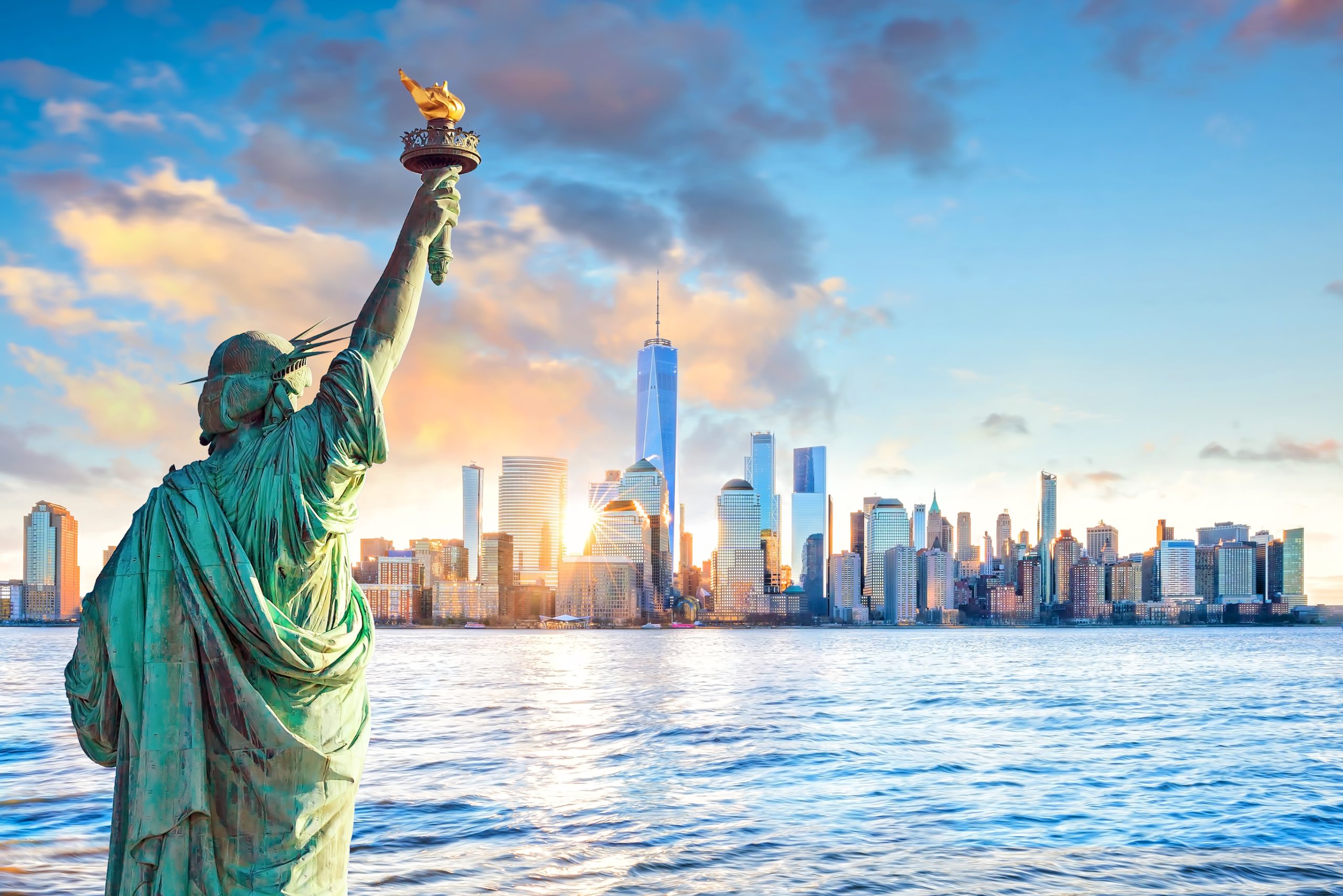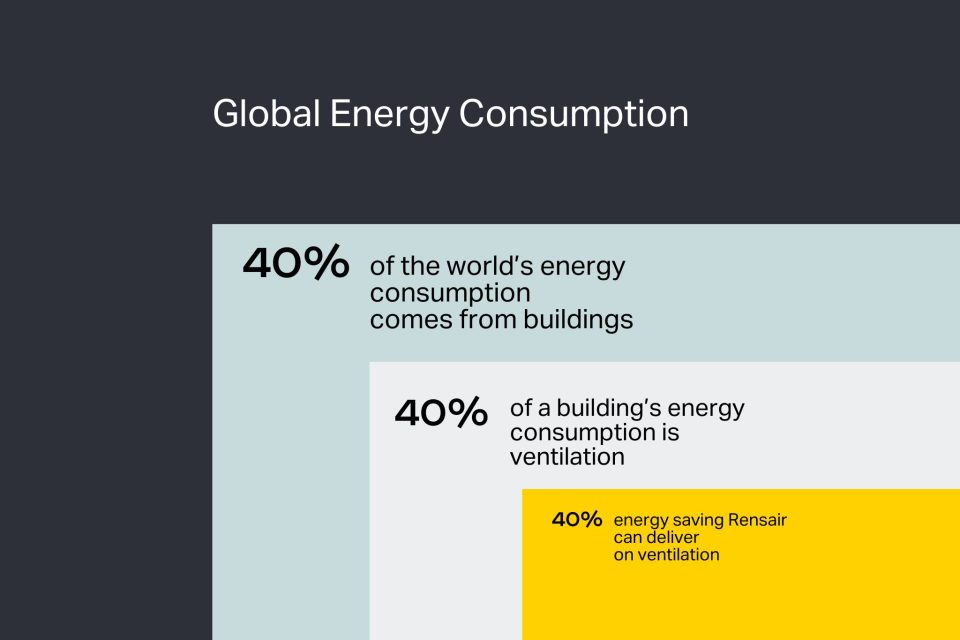Decoding NY’s big building decarbonization law

Introduction
New York City, a vibrant metropolis known for its towering skyline and bustling life, faces a major environmental challenge: carbon emissions from buildings. Nearly 70% of the city’s carbon emissions stem from the fossil fuels used to power, heat, cool, and ventilate its buildings. In response, Local Law 97 has set ambitious targets to reduce greenhouse gas emissions (GHGs) from existing buildings, emphasizing a 40% reduction by 2030 and an 80% reduction by 2050. To fast-track this initiative, Mayor Adams recently launched “Getting 97 Done,” an all-encompassing plan aimed at curbing harmful carbon emissions and achieving decarbonization goals.
Key Areas of Focus
The “Getting 97 Done” plan focuses on four crucial areas to facilitate compliance with Local Law 97:
Financing and Funding for Upgrades:
Ensuring that the law is effectively enforced is key to achieving the desired reduction in carbon emissions. Penalties for non-compliance are part of the enforcement mechanism.
Technical Advice through NYC Accelerator:
Ensuring that the law is effectively enforced is key to achieving the desired reduction in carbon emissions. Penalties for non-compliance are part of the enforcement mechanism.
Implementing Enforcement Mechanisms:
Ensuring that the law is effectively enforced is key to achieving the desired reduction in carbon emissions. Penalties for non-compliance are part of the enforcement mechanism.
Decarbonizing Central Systems in Partnership with the New York State:
Collaborative efforts with the state aim to decarbonize central systems, aligning with the city’s goals to reduce overall emissions from large buildings.
Annual Reporting and Qualification
To track progress, building owners must annually report their greenhouse gas emissions. Qualification for compliance includes good-faith efforts and demonstrated commitment to emission reduction through various means, such as upgraded lighting, water and energy usage and long-term decarbonization plans. In the event a building owner fails to file this report, shall be liable for a penalty of not more than an amount equal to the gross floor area of such covered building, multiplied by $0.50, for each month that the violation is not corrected within the 12 months following the reporting deadline.
Challenges and Solutions
One significant challenge is the financial burden on building owners for necessary retrofits as well the whopping fines they will have to pay every month if they do not meet the good-faith efforts.To address this, potential solutions include:
- Extend the J-51 tax break, a legislation procedure which needs time to be addressed
- The state Energy Research and Development Authority could fund about $5 billion in energy efficiency programs for building owners to pay for upgrades. But this will not be ready until 2026.
- Another $40 billion in loans could be offered by the U.S. Department of Energy as affordable financing for retrofits, but these are still in talks and there are no definite dates in place.
This means, though the decision to decarbonize buildings had been taken in 2019 with the passing of the law, in the past 5 years we have hardly seen any funding programmes in place that can help building owners to achieve this.
Concerns and Advocacy
However, the law has faced opposition from some real estate owners who view it as economically burdensome. Additionally, advocacy groups express concerns about potential loopholes that might allow big polluters to evade true compliance. Striking a balance between enforcement and economic viability remains a critical concern for all stakeholders involved.
Rensair – Decarbonizing buildings by lowering ventilation energy consumption
HVAC (Heating, Ventilation, and Air Conditioning) is typically the largest energy consumer in buildings. Retrofits refer to the process of upgrading or replacing an existing HVAC system with newer, more efficient technology. HVAC systems can account for 40% of a building’s energy use, making them a prime target for retrofit projects aimed at improving energy efficiency and reducing operating costs.
Rensair’s Smart Demand Controlled Ventilation (SDCV) solution complements existing HVAC systems to significantly lower the energy required to ventilate buildings. Typically a buildings’ carbon footprint for HVAC can be cut by 50% while lowering energy bills by up to 40%. In the annual decarbonization plan to the Department of Buildings (DoB), Rensair’s solution fits under the HVAC retrofits category. Click here to talk to an expert

Some common HVAC retrofit strategies include:
- Replacing outdated or inefficient equipment with newer, more efficient models that use less energy to operate
- Upgrading controls and sensors to improve system efficiency and optimize performance
- Adding or improving insulation and sealing to reduce heating and cooling losses
- Upgrading ventilation systems to improve indoor air quality and reduce energy consumption (where Rensair’s SDCV fits in)
- Using renewable energy sources, such as solar or geothermal systems, to power HVAC equipment
Quick implementation and immediate ROI
The costs associated with all the HVAC retrofit strategies mentioned above is many times higher than what Rensair’s SDCV incurs, which makes it an affordable retrofit option for all building owners. Rensair installs hardware in buildings that delivers one cubic meter of air for 9 times less energy than what it costs through a traditional HVAC system.
Rensair has implemented SDCV solutions in the offices of large multinationals and large university facilities. We offer free consultations to provide a befitting decarbonization plan for all building types. After the consultation, implementation is simple and can be done in a matter of weeks.
Clients who use Rensair’s SDCV model see an immediate Return on Investment. Talk to an expert now.
Conclusion
Addressing carbon emissions from buildings is a pivotal step towards a sustainable and eco-friendly future for New York City. The “Getting 97 Done” plan demonstrates a commitment to meeting the ambitious targets set by Local Law 97, while also considering the economic realities faced by building owners. With collaborative efforts and a shared vision, the city can move closer to a greener and more sustainable tomorrow.
